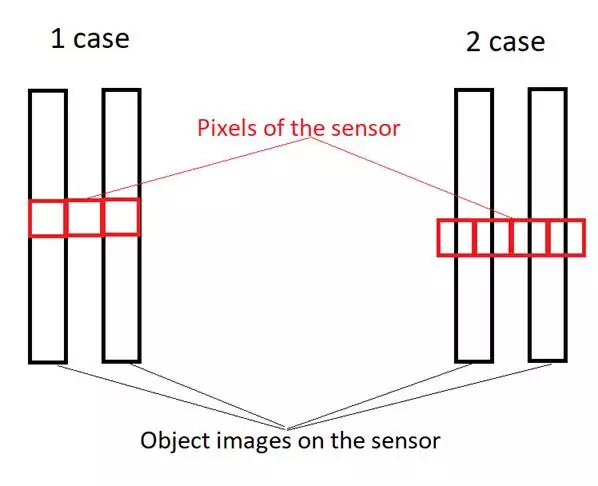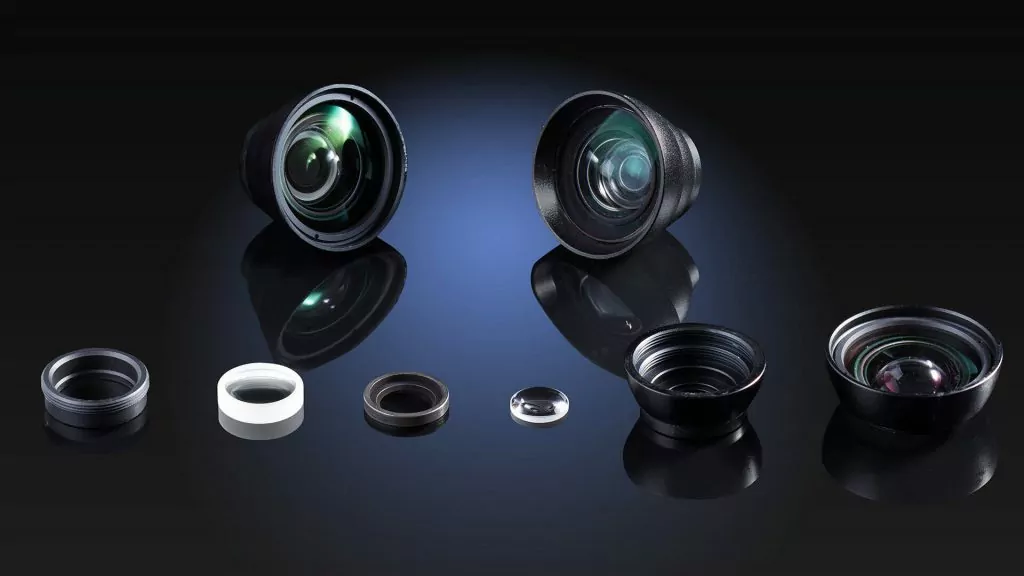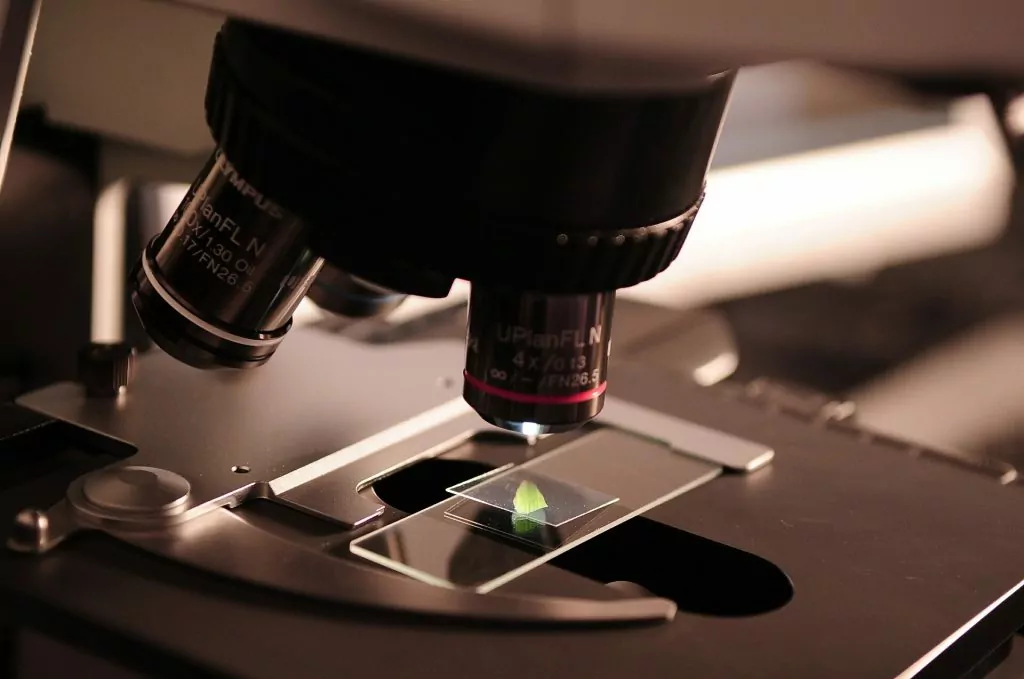Questions and Answers optical resolution

In the world of imaging and optics, achieving clarity and precision is paramount. Whether it’s for quality control, machine vision, or barcode reading, understanding the intricacies of image resolution plays a vital role in ensuring the success of various applications. In this blog post, we delve into an insightful email exchange between us and one […]
How to Reverse Engineer a Lens.

Can You Reverse Engineer a Lens? This is a question we get from time to time and the short answer is usually ‘no’. There are vendors who can provide this, but in our experience, it really hasn’t been worth the effort. While you could measure each lens element and get its radius, you need to […]
Difficulty of optical requirements for roadway lighting, ranked

All roadway lamps must be designed according to specific standards. The most popular ones are a US standard called “IESNA RP 8-00 Roadway lightning” and a European one called “CIE 140-2000 Road lighting calculations”. In the case of CIE 140-2000, the standard only specifies parameter definitions, calculations, and measuring technique, while the actual parameter values […]
Understanding K Correlation in Optical Design: Managing Stray Light and Light Scattering

In this article, we will explore a critical aspect of optical design: the K correlation, and how it plays a pivotal role in managing issues such as stray light and light scattering in optical systems, and we will discuss the Bidirectional Scattering Distribution Function (BSDF) in greater detail. The Significance of K Correlation In optical […]
Infrared and thermal imaging design

In the coming weeks, we will be posting about the unique design considerations and material requirements for infrared optical systems. In this post, we will focus on the definitions optical engineers use. Infrared radiation includes electromagnetic waves with 0.75-1000 µm wavelength band. This spectral region is divided into five intervals: Thermal imaging IR-radiation has a […]
Scanning and Fluorescent Microscope Design Steps

Microscopy is a fundamental technique used to analyze samples that are too small to be perceived without magnification. It is used in multiple sciences, from biology, medicine, chemistry to anthropology, and any science where small samples are presented. Early microscopes were simple instruments with just a couple of optical elements. As methods improved, so did […]